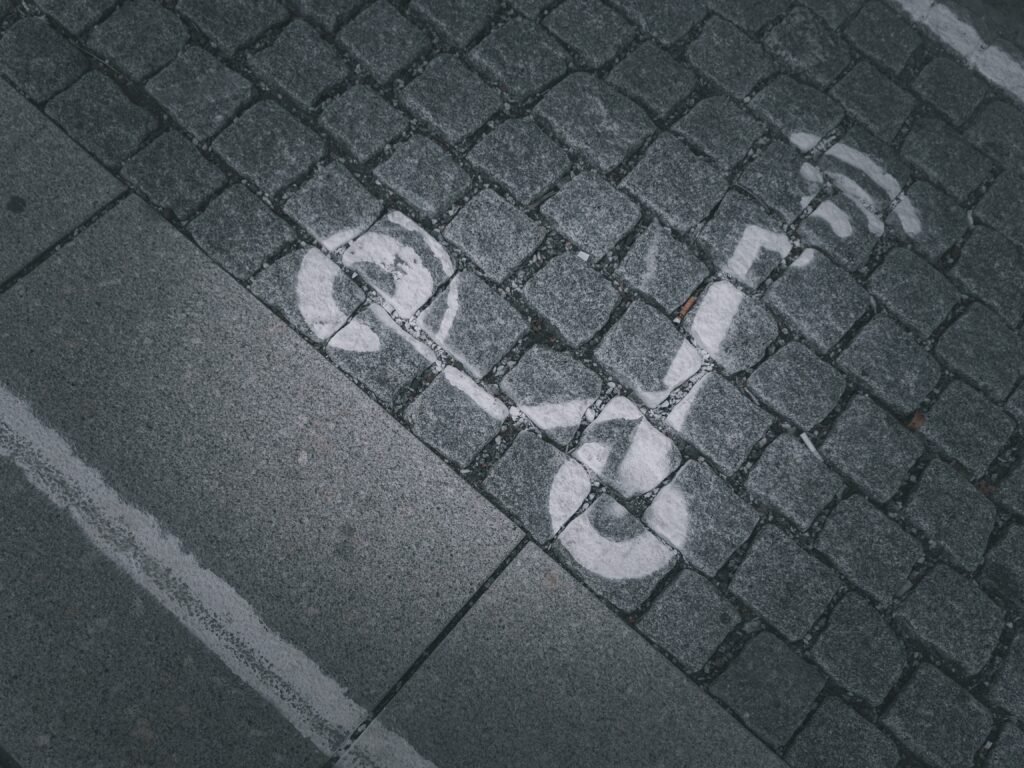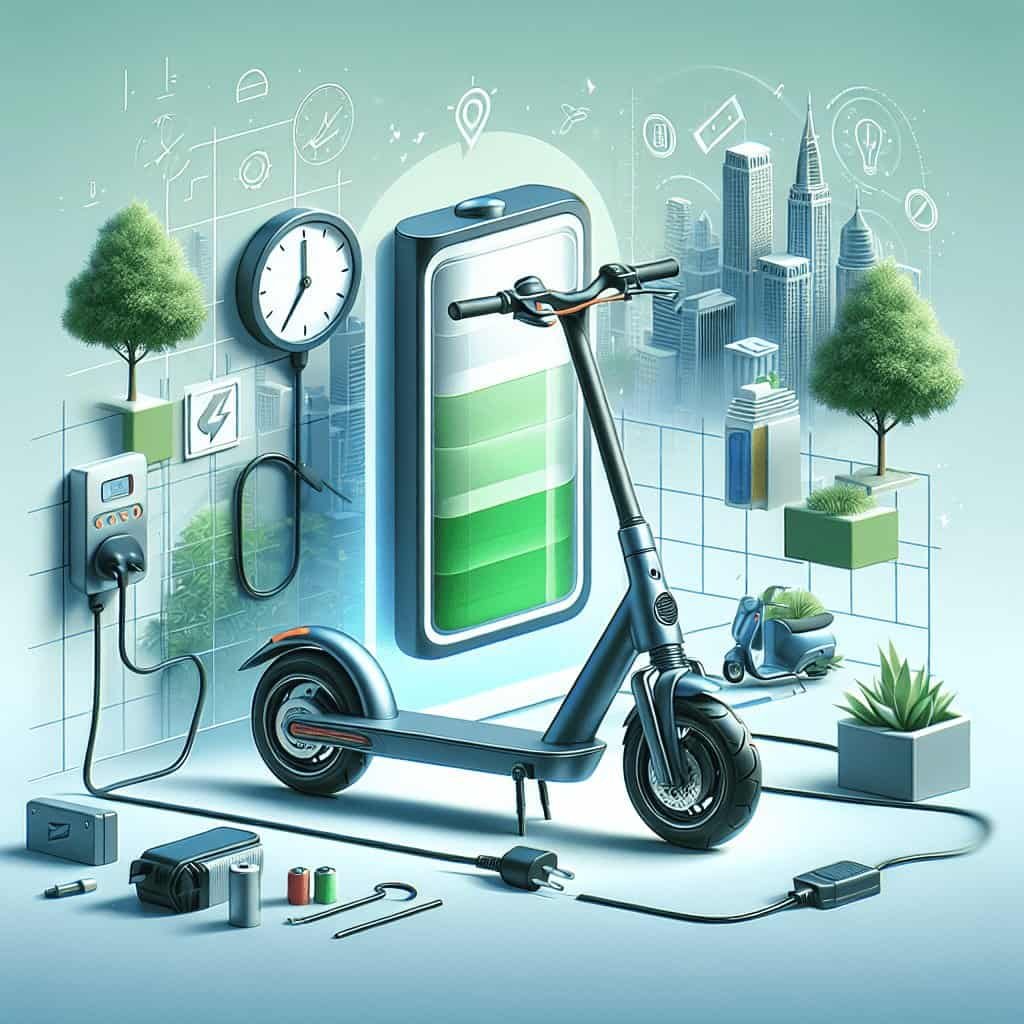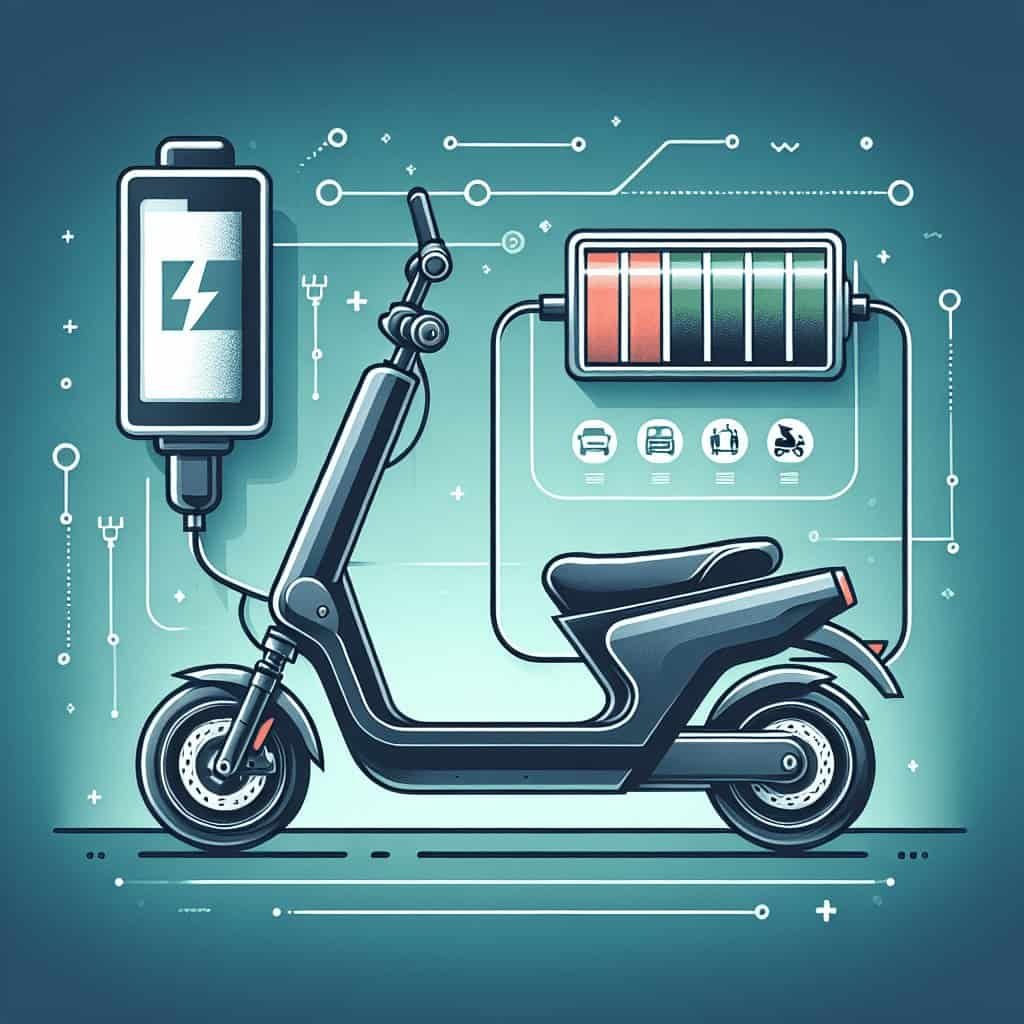Are you the proud owner of an electric scooter and wondering how often you should charge it? Well, look no further for answers! In this article, we will provide you with all the information you need to ensure that your electric scooter remains charged and ready for your next adventure. Knowing the optimal charging frequency is crucial to keep your scooter’s battery in good condition and maximize its lifespan. So, let’s dive in and find out the best charging practices for your electric scooter.

Factors to consider
When it comes to maximizing the lifespan of your electric scooter’s battery, there are several factors that you should take into consideration. By understanding these factors and making informed decisions, you can ensure that your electric scooter’s battery remains in optimal condition for as long as possible. Here are the key factors to consider:
Battery type
The type of battery used in your electric scooter is an essential factor to consider. Generally, there are two common types of batteries available: lead-acid batteries and lithium-ion batteries.
Lead-acid battery
Lead-acid batteries are the older and less common option for electric scooter batteries. While they are generally cheaper than lithium-ion batteries, they also have a shorter lifespan and lower energy density. Therefore, if you have a lead-acid battery, you may need to charge it more frequently to ensure that it has enough power.
Lithium-ion battery
Lithium-ion batteries are the most commonly used batteries in modern electric scooters. They offer a higher energy density, longer lifespan, and faster charging times compared to lead-acid batteries. With a lithium-ion battery, you can typically go for longer periods between charges.
Battery capacity
Understanding the capacity of your electric scooter’s battery is crucial in determining how often you need to charge it. Battery capacity is measured in amp-hours (Ah) and refers to the amount of energy the battery can store. The higher the battery capacity, the longer you can ride before needing to recharge.
Determining the battery capacity
To determine the battery capacity of your electric scooter, refer to the manufacturer’s specifications or consult the scooter’s manual. It is important to note that battery capacity can vary depending on the make and model of your electric scooter.
Battery capacity impacts charging frequency
Higher battery capacity means that you can ride for longer periods before needing to recharge. If you have a scooter with a larger battery capacity, you might not need to charge it as often. However, if you have a smaller battery capacity, you may need to charge your scooter more frequently to ensure it has enough power for your rides.
Usage frequency
How often you use your electric scooter plays a significant role in determining how often you need to charge it.
Daily usage
If you use your electric scooter daily for commuting or running errands, you will likely need to charge it regularly. Daily usage places a higher demand on the battery, requiring more frequent charging sessions to keep it powered. Keeping track of your daily usage and planning your charging routine accordingly will help ensure that you never run out of battery power during your commutes or outings.
Occasional usage
If your electric scooter is primarily used for occasional leisure rides or weekend adventures, you may not need to charge it as frequently. Occasional usage puts less strain on the battery, allowing it to retain its charge for longer periods. However, it is still essential to keep an eye on the battery level and recharge it when necessary to ensure optimal performance.

Average distance per ride
The average distance you travel on each ride is another crucial factor in determining your charging frequency.
Short rides
If your typical rides are short in distance, such as commuting within your neighborhood or running quick errands, you may not need to charge your electric scooter as often. Short rides consume less battery power, allowing you to ride multiple times before requiring a recharge.
Long rides
On the other hand, if you frequently engage in long rides, such as exploring new areas or taking extended trips, you will likely need to charge your electric scooter more often. Long rides drain the battery faster and may require you to charge mid-ride or immediately after to ensure you have sufficient power for your next adventure.
Charging time
Understanding the charging time of your electric scooter is crucial for planning your charging routine effectively.
Fast charging
Some electric scooters offer fast-charging capabilities, allowing you to fully charge the battery in a relatively short amount of time. Fast charging is convenient if you have limited time between rides or need to top up the battery quickly. However, it’s important to ensure that your scooter and its battery are compatible with fast-charging to avoid any potential damage.
Slow charging
If you have more time to spare between rides or overnight, slow charging can be a suitable option. Slow charging typically takes longer to fully charge the battery but is generally gentler on the battery’s overall lifespan. Slow charging is also recommended for certain battery types to prevent overheating and optimize charging efficiency.

Temperature
Temperature can have a significant impact on the performance and lifespan of your electric scooter’s battery.
Temperature impact on battery
Extreme temperatures, both hot and cold, can negatively affect the performance and overall health of your electric scooter’s battery. High temperatures can cause the battery to overheat, leading to reduced capacity and accelerated deterioration. Conversely, extremely cold temperatures can increase internal resistance, reducing the battery’s efficiency.
Ideal charging temperature
To maximize the lifespan of your battery, it is recommended to charge your electric scooter within a moderate temperature range. The ideal charging temperature typically falls between 50°F (10°C) and 86°F (30°C). If the battery or scooter has been exposed to extreme temperatures, allow it to cool down or warm up to room temperature before initiating the charging process.
Storage duration
Whether you need to store your electric scooter for a short or long period, proper battery storage is essential to maintain its health and longevity.
Short-term storage
If you plan to store your electric scooter for a short period, such as a couple of weeks, it is advisable to store it with a partially charged battery. Aim for around 50% to 75% charge to prevent the battery from draining completely or becoming overcharged during storage.
Long-term storage
For long-term storage, such as several months or longer, it is recommended to store your electric scooter with a fully charged battery. However, it’s important to periodically check and recharge the battery every few months to prevent it from losing its charge completely. Consult the scooter’s manual for specific guidelines on long-term battery storage to ensure optimal battery health.

Maximizing battery life
In addition to considering the various factors mentioned above, there are certain practices you can adopt to maximize the lifespan of your electric scooter’s battery.
Avoiding complete discharge
Try to avoid completely draining the battery of your electric scooter before recharging it. Deep discharges can stress the battery and shorten its overall lifespan. Instead, aim to recharge the battery when it reaches around 20% to 30% charge remaining.
Avoiding overcharging
Similarly, avoid overcharging the battery by leaving it connected to the charger for extended periods. Overcharging can lead to increased internal stress and reduce the battery’s efficiency over time. Once the battery is fully charged, disconnect it from the charger to prevent any unnecessary strain.
Maintaining optimal charge
Maintaining the battery at an optimal charge level, neither fully drained nor fully charged, can help prolong its lifespan. Regularly check the battery level and recharge it as necessary, keeping in mind the factors discussed earlier, such as usage frequency and average distance per ride.
Manufacturer’s guidelines
Always consult the manufacturer’s guidelines and instructions for your specific electric scooter model. The scooter’s manual provides valuable information on recommended charging intervals, optimal battery care and maintenance, and any specific considerations related to your scooter’s battery type.
Consulting the scooter’s manual
The scooter’s manual is your go-to resource for any questions or concerns regarding your electric scooter’s battery. It will provide specific instructions tailored to your scooter’s make and model, ensuring that you follow the correct charging procedures and maintain your battery’s health effectively.
Following recommended charging intervals
Manufacturers often provide recommendations on the ideal charging intervals for their electric scooters. These intervals are based on factors such as battery capacity, usage frequency, and average distance per ride. Adhering to these recommended charging intervals can help optimize battery performance and maximize its overall lifespan.
By considering factors such as battery type, battery capacity, usage frequency, average distance per ride, charging time, temperature, storage duration, and following manufacturer’s guidelines, you can ensure that you charge your electric scooter as per its requirements. This will help maximize the lifespan of your battery and allow you to enjoy countless rides on your electric scooter without any worries about running out of power. Remember, a well-cared-for battery is the key to a smooth and reliable electric scooter experience!


